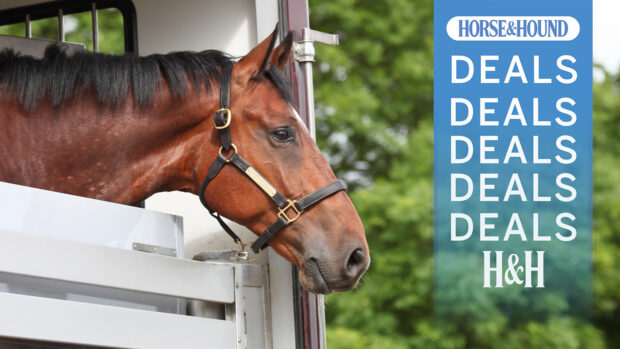Get the latest news from WEG
More articles on travelling with your horse
With so many horses from so many nations converging for the World Equestrian Games, there are serious equine health implications. H&H finds out how these risks are being managed
• Daily physical examinations of horses
• A centralised system for reporting abnormal findings
• Every barn and stabling area will be thoroughly cleaned and disinfected prior to the event and during the event, as horses come and go
• Piroplasmosis [a disease spread by ticks]-positive horses will not be permitted to graze in any area other than the designated grazing area for piroplasmosis-positive horses
• When outside the stables, piroplasmosis-positive horses will have a unique identifier, such as a colour on their numbers, and will exercise only in FEI-stewarded areas, including exercise prior to the commencement of WEG
• All grass courses and other horse traffic areas will be mowed and remain mowed at the lowest possible length in the three months before WEG begins to discourage tick infestation. Within the horse park, an additional 15m on either side of the competition areas and courses will be mown
• To further reduce the risk of tick infestation, all course-designers — eventing, driving, and endurance — have designed the courses in a manner that avoids tree and brush lines. Plus, all underbrush has been cleared from areas where significant horse traffic is anticipated
For the full feature on disease and travel see the current issue of Horse & Hound (30 September, ’10)
Get the latest news from WEG now
Looking for more articles on travelling with your horse?



